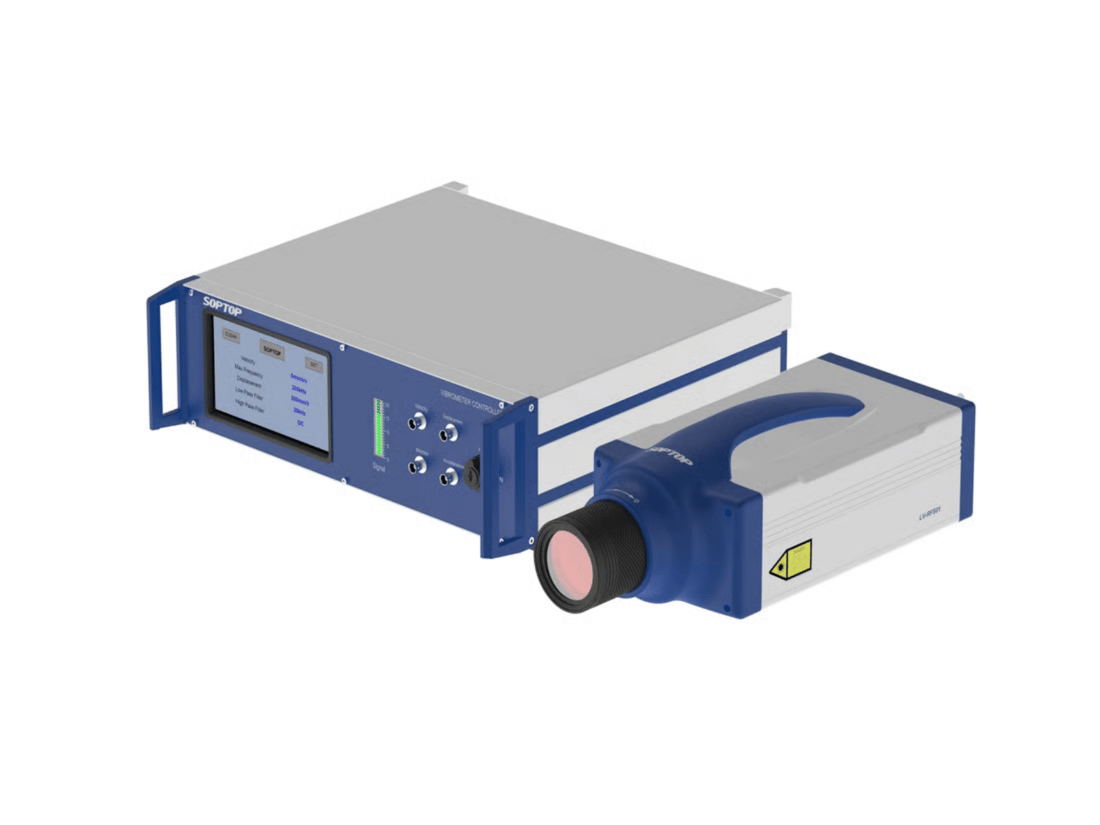A single point vibrometer is a high-precision instrument used in vibration analysis to measure the velocity, displacement, and acceleration of an object at a single point. It utilizes laser technology to provide accurate and non-contact measurements, making it ideal for a wide range of applications.
How Does a Single Point Vibrometer Work?
The single point vibrometer operates by emitting a laser beam onto the target object and measuring the frequency shift caused by the object's vibration. This information is then converted into velocity, displacement, or acceleration data, depending on the specific parameters set by the user.
Applications of Single Point Vibrometer
Single point vibrometers are commonly used in industries such as aerospace, automotive, and manufacturing to perform modal analysis, structural health monitoring, and dynamic testing. They are also used in research and development to study the vibration characteristics of various materials and structures.
Advantages of Using a Single Point Vibrometer
One of the main advantages of a single point vibrometer is its ability to provide highly accurate and precise measurements without physical contact with the object being tested. This non-invasive approach reduces the risk of altering the object's natural vibration behavior, making it an invaluable tool in vibration analysis.
Types of Single Point Vibrometers
There are different types of single point vibrometers available, including scanning laser vibrometers, Doppler vibrometers, and laser interferometer vibrometers. Each type has its own unique features and capabilities, allowing users to choose the best option based on their specific requirements.
Factors to Consider When Choosing a Single Point Vibrometer
When selecting a single point vibrometer, it is important to consider factors such as measurement range, resolution, accuracy, and frequency response. Additionally, the intended application and environment in which the vibrometer will be used should also be taken into account to ensure optimal performance.
Challenges in Using Single Point Vibrometer
While single point vibrometers offer numerous benefits, they also present some challenges, such as sensitivity to ambient conditions, limited measurement range, and potential measurement errors due to interference from external sources. Calibration and proper setup are crucial to overcoming these challenges.
Future Trends in Single Point Vibrometer Technology
Advancements in laser technology and digital signal processing are driving innovation in single point vibrometer technology. Future trends may include increased measurement accuracy, higher resolution, faster data processing, and integration with other sensing technologies for more comprehensive vibration analysis.
Importance of Single Point Vibrometer in Industry
The use of single point vibrometers plays a crucial role in ensuring the structural integrity, performance, and safety of various mechanical systems and components in industries where vibration analysis is essential. It helps engineers and researchers better understand the dynamic behavior of structures and improve product design and quality.
Conclusion
In conclusion, single point vibrometers are powerful tools for measuring and analyzing vibrations in a wide range of applications. With their non-contact measurement capabilities, high precision, and versatility, they are indispensable for conducting vibration analysis, structural testing, and research in various industries.
Quote Inquiry
contact us

